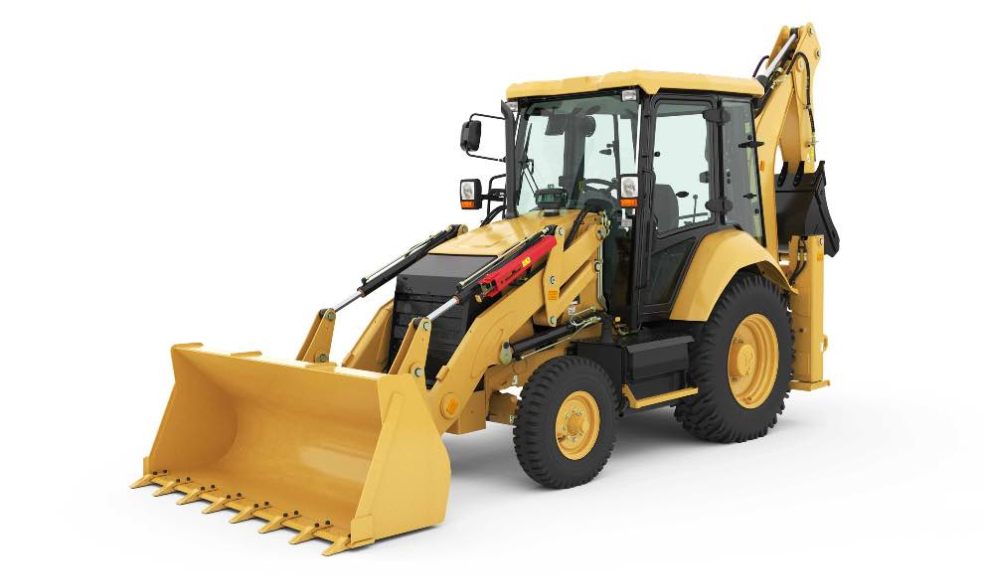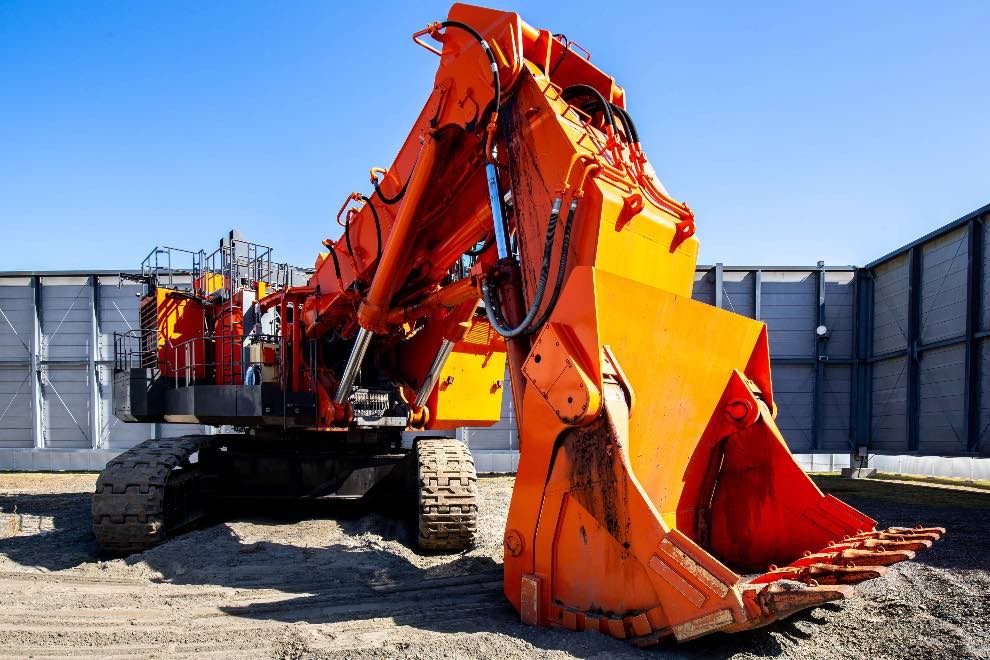
When to Rent Earthmoving Equipment For Your Home Project
Transforming your backyard into a landscaped paradise or tackling a long-awaited extension project can be incredibly exciting. But before you dive headfirst into demolition or planting, there's a crucial question to consider: should you rent earthmoving equipment?
For many home projects, especially those involving significant terrain manipulation or large-scale excavation, earthmoving machinery rental can make a huge difference. If you want to know the right time to rent one for your project, keep the following in mind:
Scale of the Project
The most important factor influencing your decision is the project's scale. Extensive landscaping projects requiring major soil removal or grading will likely benefit tremendously from renting an excavator or skid steer. These machines make light work of heavy lifting and hauling, saving you countless hours of backbreaking manual labour. Consider the following:
Volume of Earth to Move
Large amounts of soil removal, such as creating a new pond or building a raised patio, are ideal for earthmoving equipment. Manually removing yards of soil is incredibly time-consuming and physically demanding. In these cases, contacting providers or Australian hammer suppliers hire could be a great solution. Their expertise and extensive range of equipment can ensure you get the right machine for the job.
Grading Complexity
Reshaping your land's contours for drainage or creating a multi-level landscape is easier with a skid steer or excavator. These machines allow for precise grading and efficient material movement.
Conversely, smaller projects like digging a drainage ditch or planting a few trees might be manageable with basic tools like shovels and wheelbarrows. Consider the volume of earth you need to move and the overall complexity of your project before deciding on renting earthmoving equipment.
Project Timeline
Another key factor is your project's timeline. Renting earthmoving equipment makes sense if you need to complete the excavation or grading phase quickly. Here's how earthmoving equipment for construction work can expedite your project timeline:
Reduced Labour Requirements
Earthmoving machines can efficiently move large amounts of soil in a short time compared to manual labor. This may reduce the total project duration.
Multitasking Capabilities
Many earthmoving machines, like skid steers, can wear multiple hats. They can excavate, load, and transport materials, streamlining the project workflow and saving time.
Minimized Weather Delays
Wet weather conditions can slow down manual excavation. With earthmoving equipment, you can make much faster progress, minimizing the impact of weather delays on your project schedule.
However, if you have a flexible timeframe and enjoy a hands-on approach, tackling the project manually might be feasible. Just be prepared to invest more time and effort.
Skill and Experience
Think honestly about your skill level and experience with operating earthmoving machinery. While some earthmoving equipment, like mini-excavators, can be relatively user-friendly, operating larger machinery requires training and experience.
If you're unsure about handling the heavy equipment safely and effectively, renting it along with a qualified operator is the best option. This ensures the job is done correctly and minimizes the risk of accidents or injuries.
Cost Considerations
Renting earthmoving equipment comes with a price tag. Factor in the rental cost, potential delivery and collection fees, and the estimated duration you'll need the machine.
Compare this cost to the estimated time and labour required to complete the project manually. Consider the cost of hiring additional help if needed. Sometimes, renting equipment can be more cost-effective in the long run, especially when you factor in saved time and effort.
Safety First
Operating earthmoving equipment carries inherent risks. If you're unfamiliar with safe operation procedures or driving an excavator, renting with a qualified heavy equipment operator is essential.
Rental companies typically offer training on operating their equipment, so enquire about this if you plan to operate the machinery yourself. Always prioritize safety by wearing proper personal protective equipment (PPE) and following all safety protocols.

Choosing the Right Equipment for the Job
There's a diverse range of earthmoving equipment available for rent, each with its strengths and applications. Here's a quick rundown of some common options:
Excavators
Versatile machines with a digging arm and bucket, perfect for excavation, trenching, and loading. They come in various sizes, with mini-excavators being suitable for smaller projects and compact spaces.
Skid Steers
Compact and manoeuvrable, ideal for small spaces and tasks like demolition, grading, and material movement. Skid steers can be outfitted with various attachments, further increasing their versatility for tasks like sweeping, drilling, and snow removal.
Bulldozers
Powerful machines for large-scale earthmoving, pushing and levelling significant amounts of soil. Bulldozers are ideal for projects requiring major ground clearing or substantial terrain modification.
Trenchers
Machines specifically designed for digging long, narrow trenches for utilities or drainage. Trenchers come in various sizes and can be wheeled or tracked, depending on the application and terrain.
When renting any construction equipment, discuss your project details with the rental company. Their expertise will help you select the most suitable machine for the job.
The Takeaway
Renting earthmoving equipment can be a strategic decision for your home project. By considering the scale, timeline, your skillset, cost factors, and safety aspects, you can determine if renting empowers you to achieve your project goals efficiently and safely. With the right equipment and approach, transforming your home landscape can be a rewarding and empowering experience.













